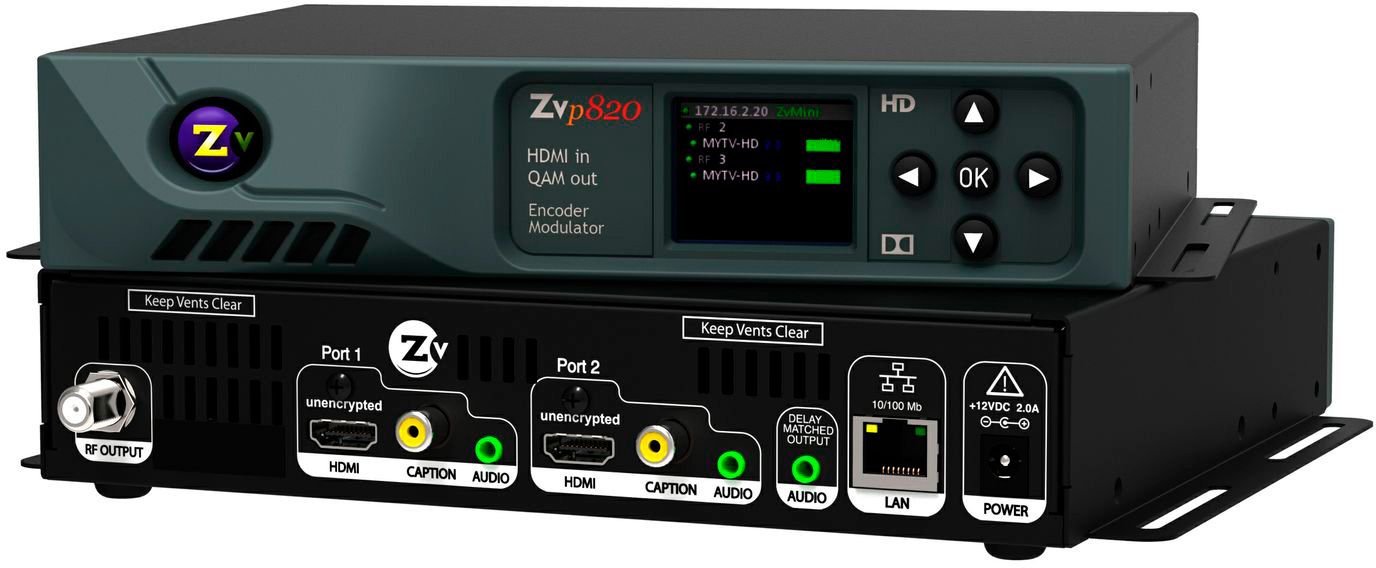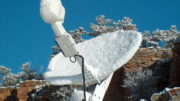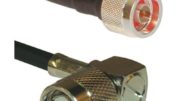Oil rigs. Like them or hate them, they’re here now. We’re not the kind of blog that talks about things like the effect of oil on climate. We’re here to help you with satellite television. So without further ado, let’s delve into the specifics of how to get satellite TV for an oil rig.
Why satellite TV?
Oil rigs have permanent crews who live on the rig, and they don’t work 24 hours a day. Often times they are too far offshore to get cell service, so the only internet connection is satellite- or radio-based. This provides some connectivity, but it wouldn’t be a good option for dozens of people to stream at the same time.
On the other hand, satellite TV is scalable. Satellite TV works the same whether one person or 100 people are watching. It works without an internet connection and provides a clear, stable picture in all but the worst weather. Satellite TV tends to work well up to about 50 miles offshore, which makes it perfect for oil rigs.
Choice of provider

Just like on land, you have two choices for satellite TV: DISH and DIRECTV. DIRECTV is generally thought of as being more scalable and having more sports programming, which proves popular with oil rig workers. DISH-based systems are good as well but the wiring in such a large install may end up being more expensive and difficult depending on how far away the receivers are.
Choice of antenna

While on a rig, you have two choices for satellite antenna. Many rigs choose a traditional satellite dish, just like you find on homes. These dishes work well in most weather situations, but let’s remember that an oil rig is on stilts and there’s a lot of vibration due to the equipment that’s being used.
That’s why I recommend a marine dish. The marine dish will continuously auto-aim, compensating for minor issues that could affect reception for everyone. It’s also designed for a harsh marine environment and will last a lot longer.
Intellian has three options for marine DIRECTV. Their s6HD, s80HD, and s100HD give you the full DIRECTV experience. The s100HD offers the best reception in poor weather. It uses a one-meter dish inside a large radome. Yes it’s bigger and more expensive, but that’s not really the most important consideration in an oil rig as compared to on a ship.
Distribution system

Here you have some choices to make. One option is to put receivers in every location where you want service. The other is a headend system where all the equipment goes to one location and one cable strings out from there.
Traditional, receiver-based systems are the most flexible. Each location will get access to the hundreds of DIRECTV channels out there, all in high definition. However, cabling can be more complex because there is a limit to the length of each cable.
Headend systems simplify the wiring experience and can be expanded easily with amplifiers and splitters. However, the channel selection is limited by the number of modulators you buy. A system like this can be more expensive to implement and not necessarily carry the channels everyone wants. To save money, you can use standard-definition modulators, but that may be an unpopular choice.
Commercial backbone
Creating a system for an oil rig is very similar to creating a system for a hotel or any other large television distribution site. It takes equipment that isn’t normally found in homes. It also takes a lot of planning. Obviously your regular old DIRECTV tech isn’t going to roll their truck right out your rig. That’s why it’s important to hire a professional integrator who can help you design the system the way it needs to be designed.
You’ll need amplifiers, special multiswitches, taps, and other accessories that keep the system as stable as it can be. A regular home services technician is going to be a little out of their element.
The most important step
The best projects start with an expert. That’s what you’ll get when you contact Signal Connect, the commercial and activations arm of Solid Signal. We’ll get you set up with someone who can help get the system done right the first time. It all starts with a call to 888-233-7563. You’ll connect with a system design expert who will be available to you throughout the process. Rather go through email? No problem! Just fill out the form below and we’ll get back to you, usually within 24 hours.





